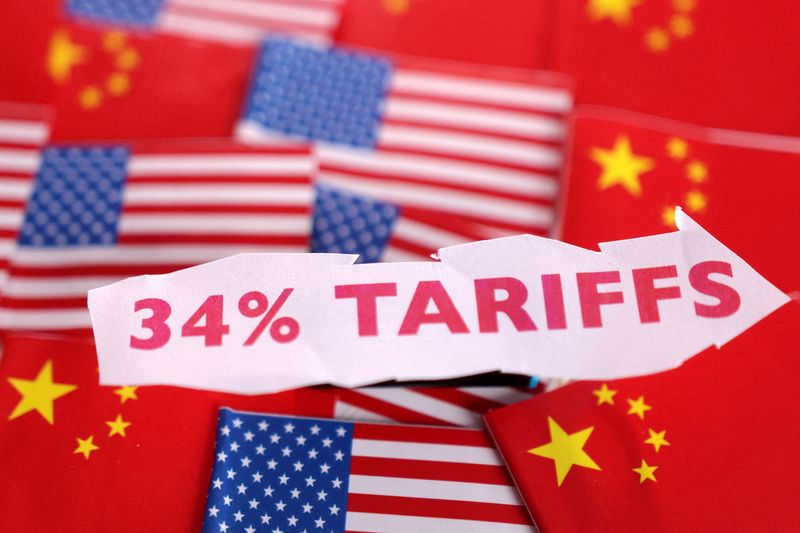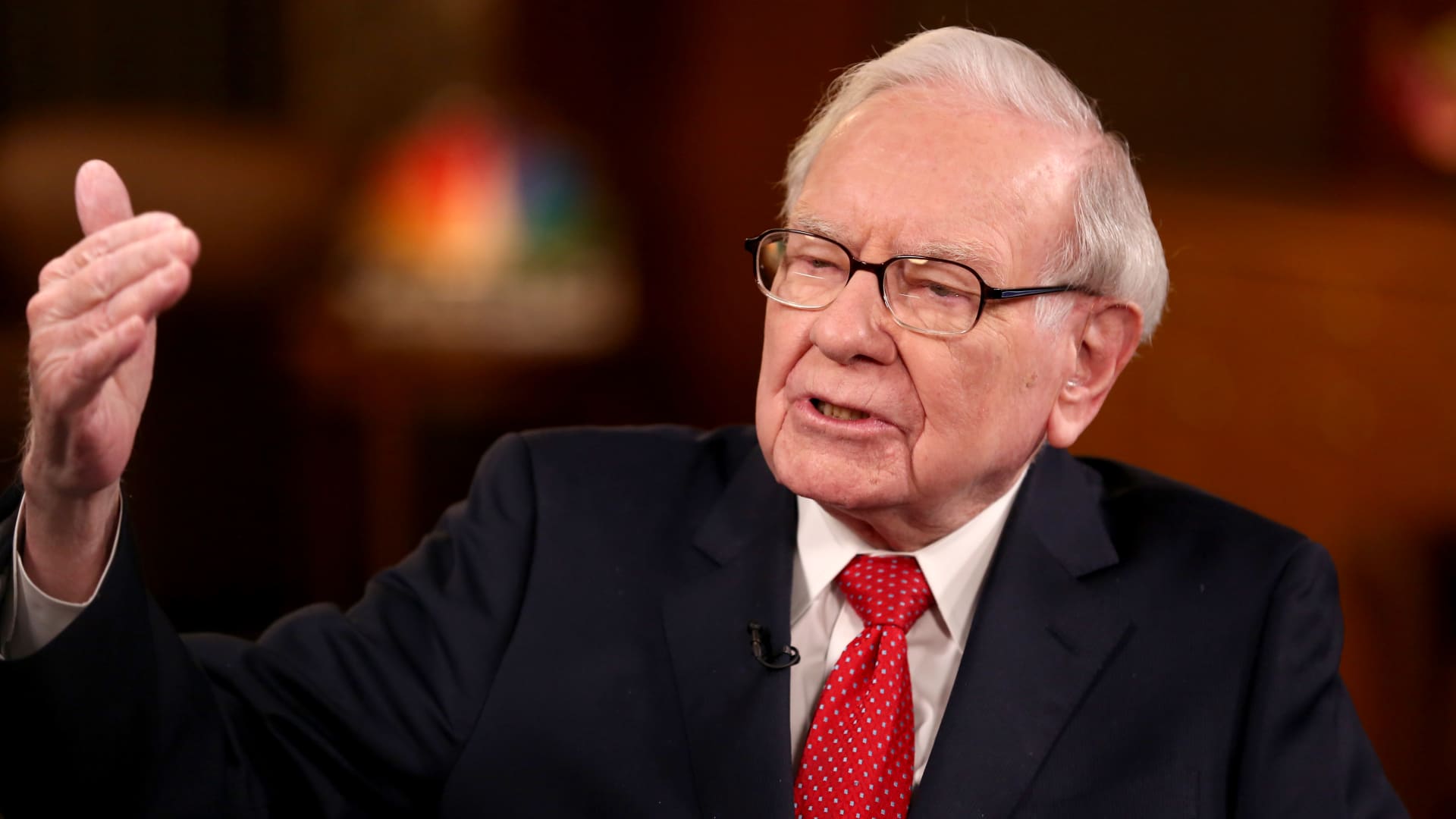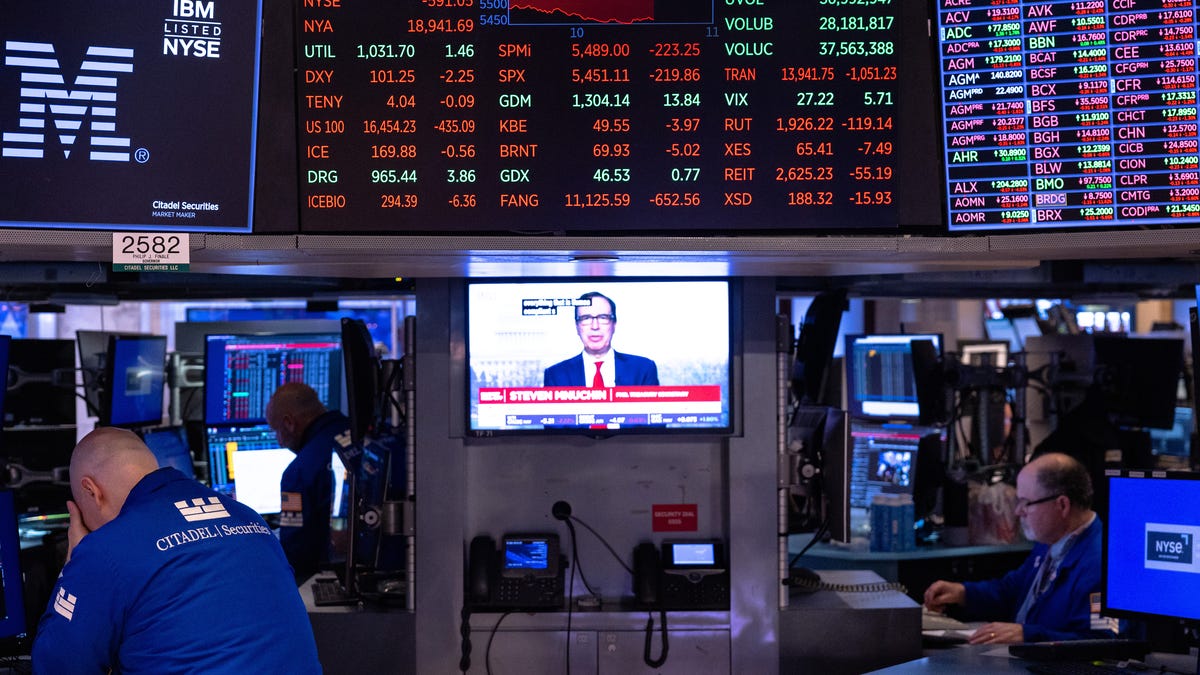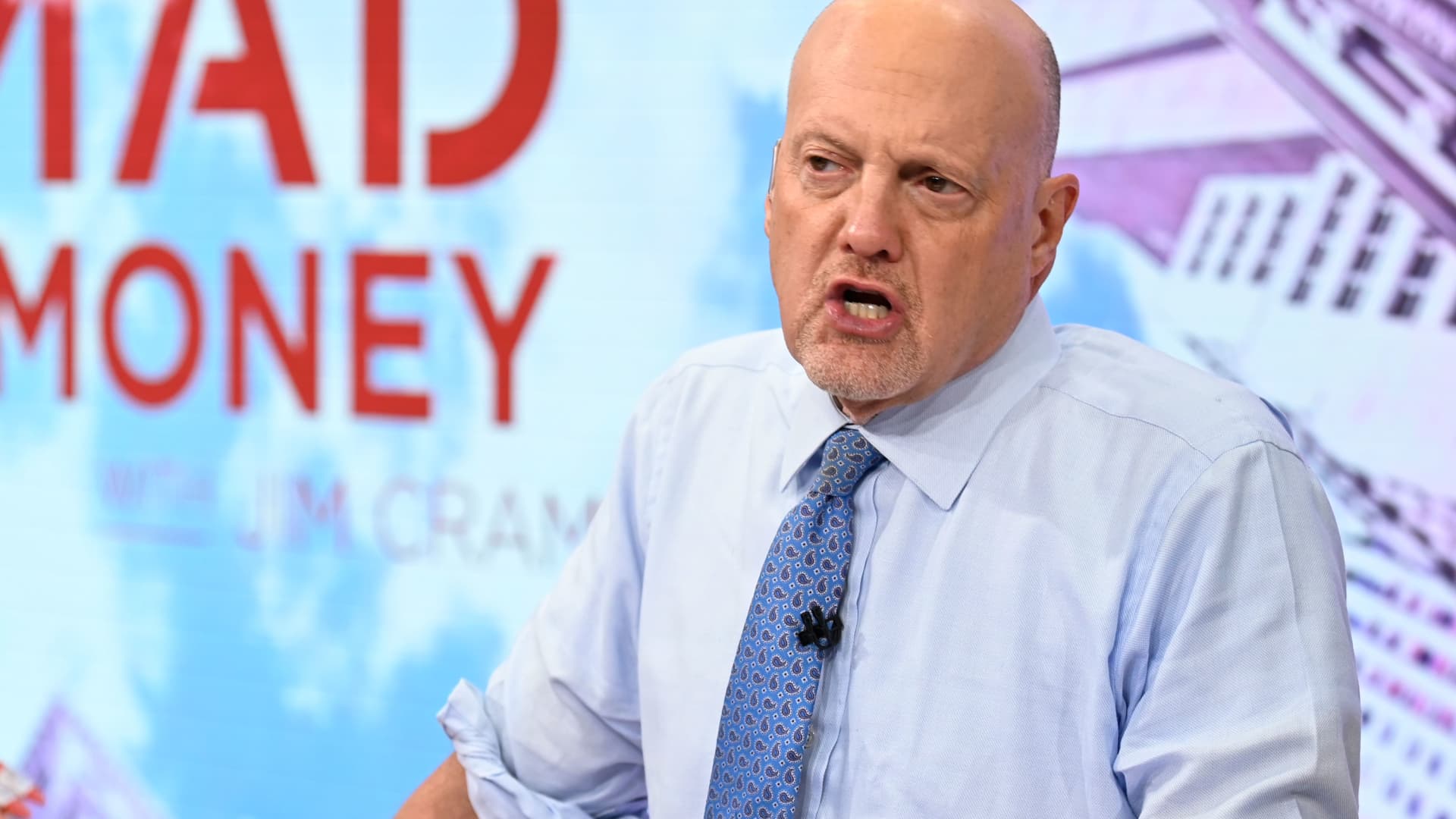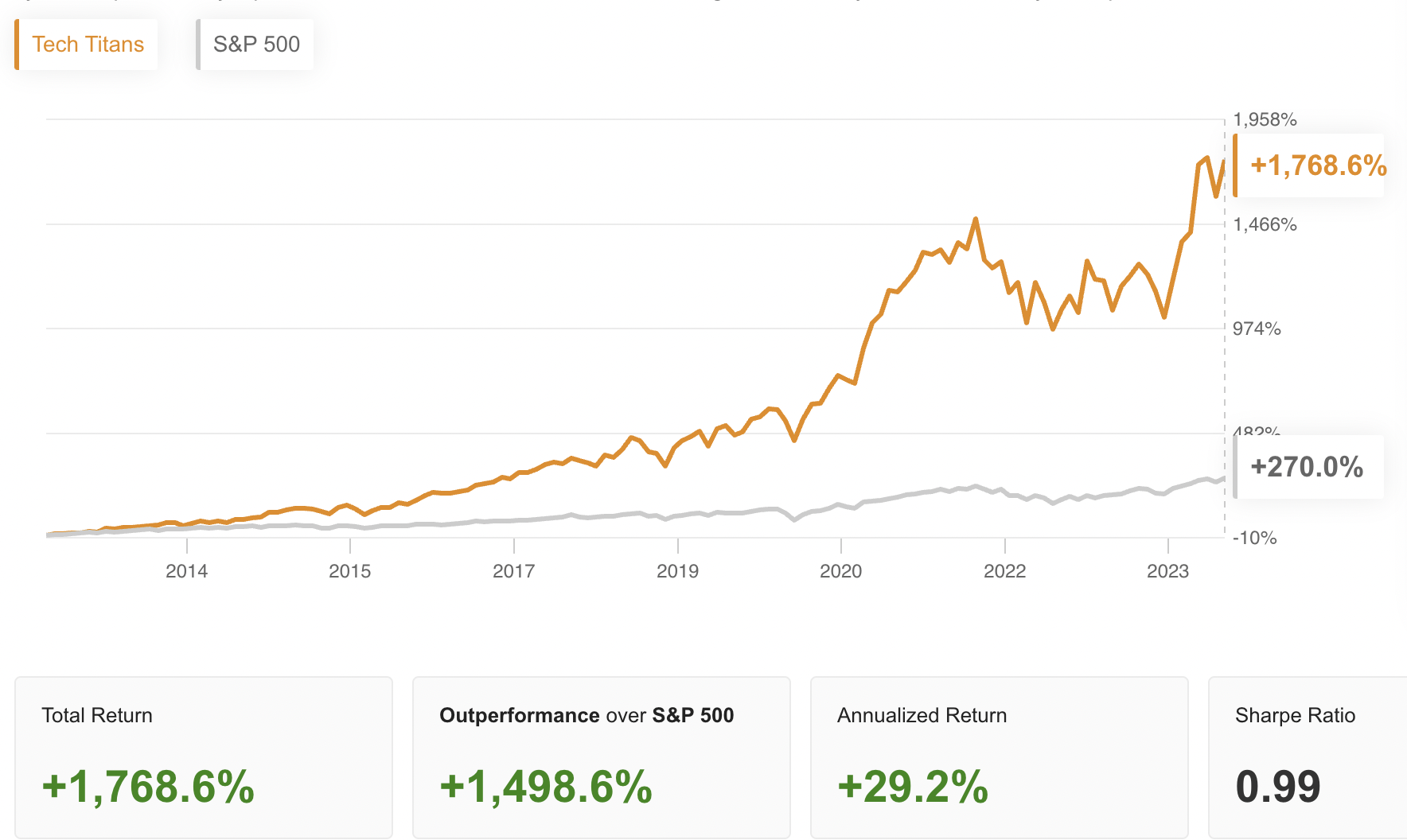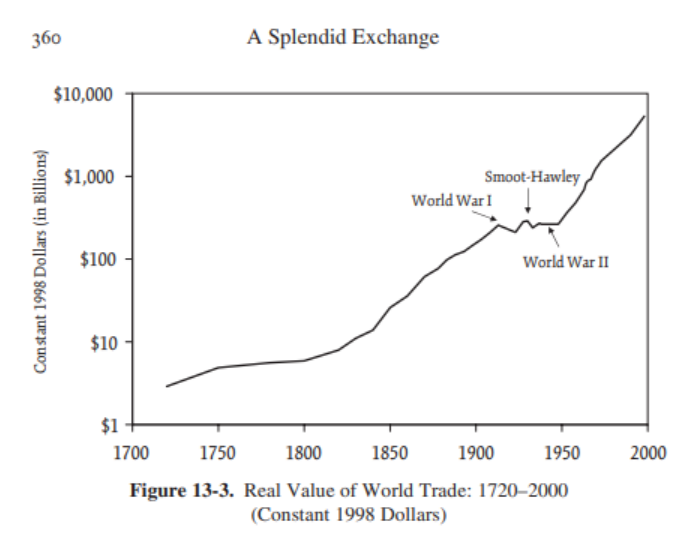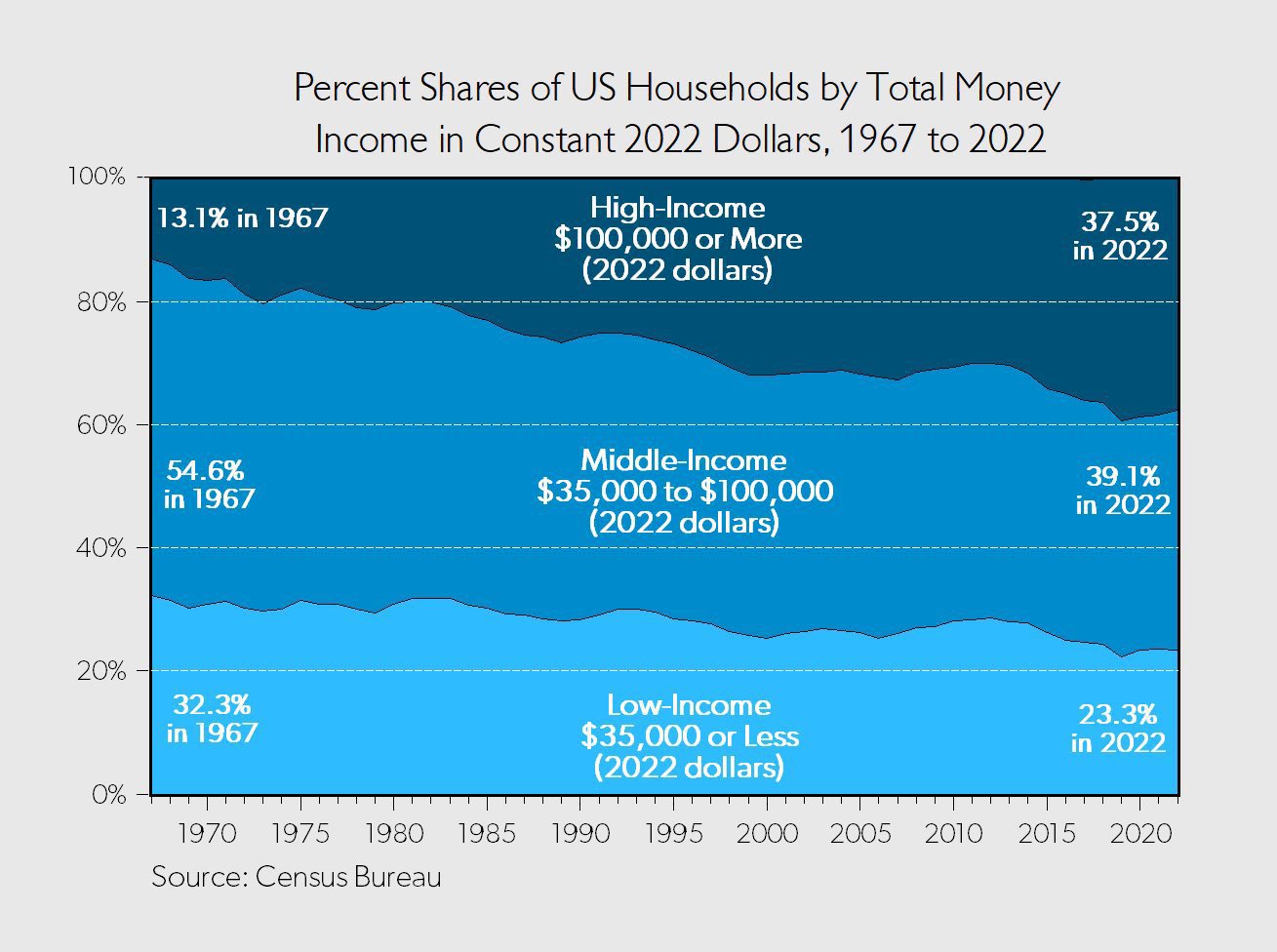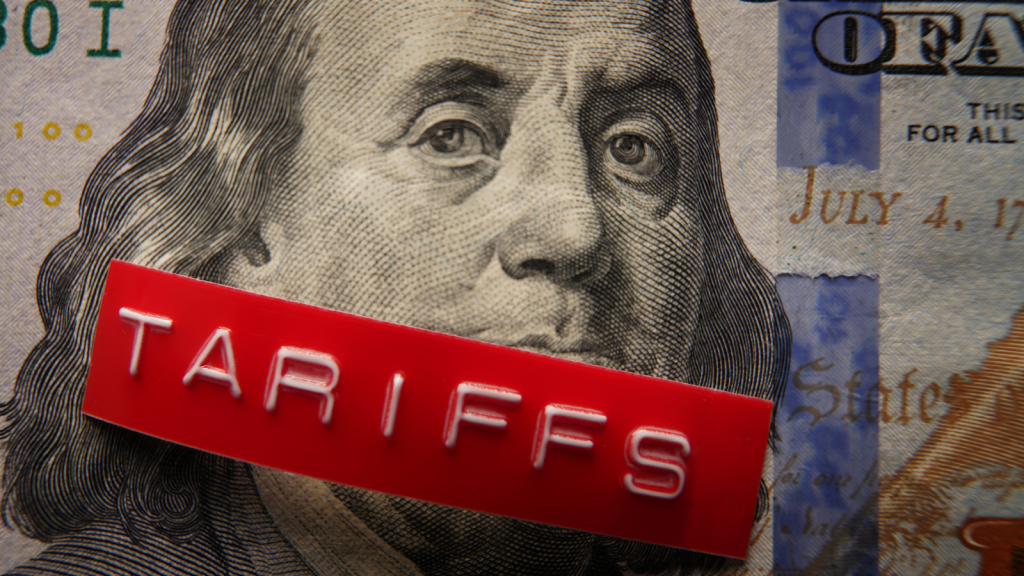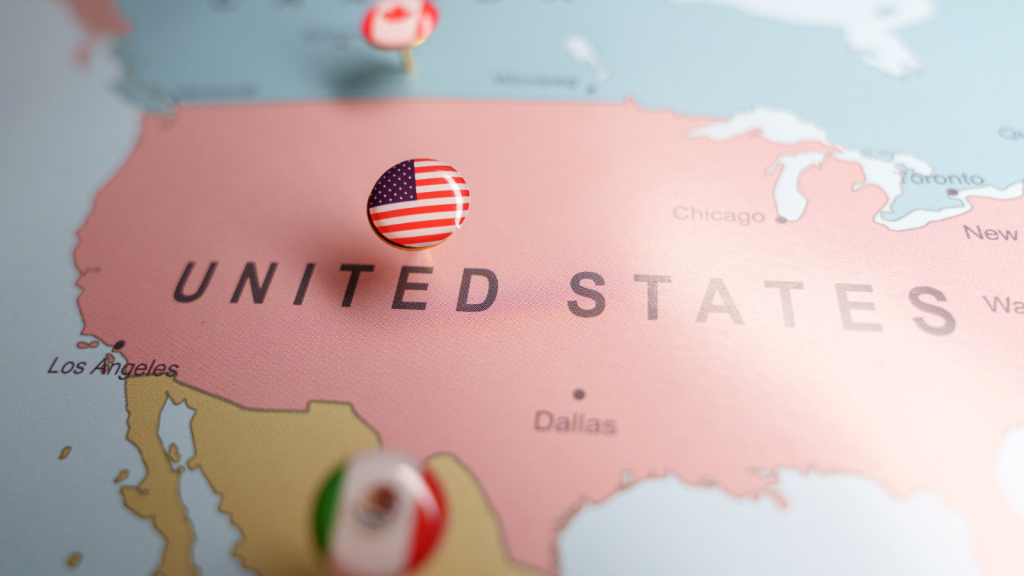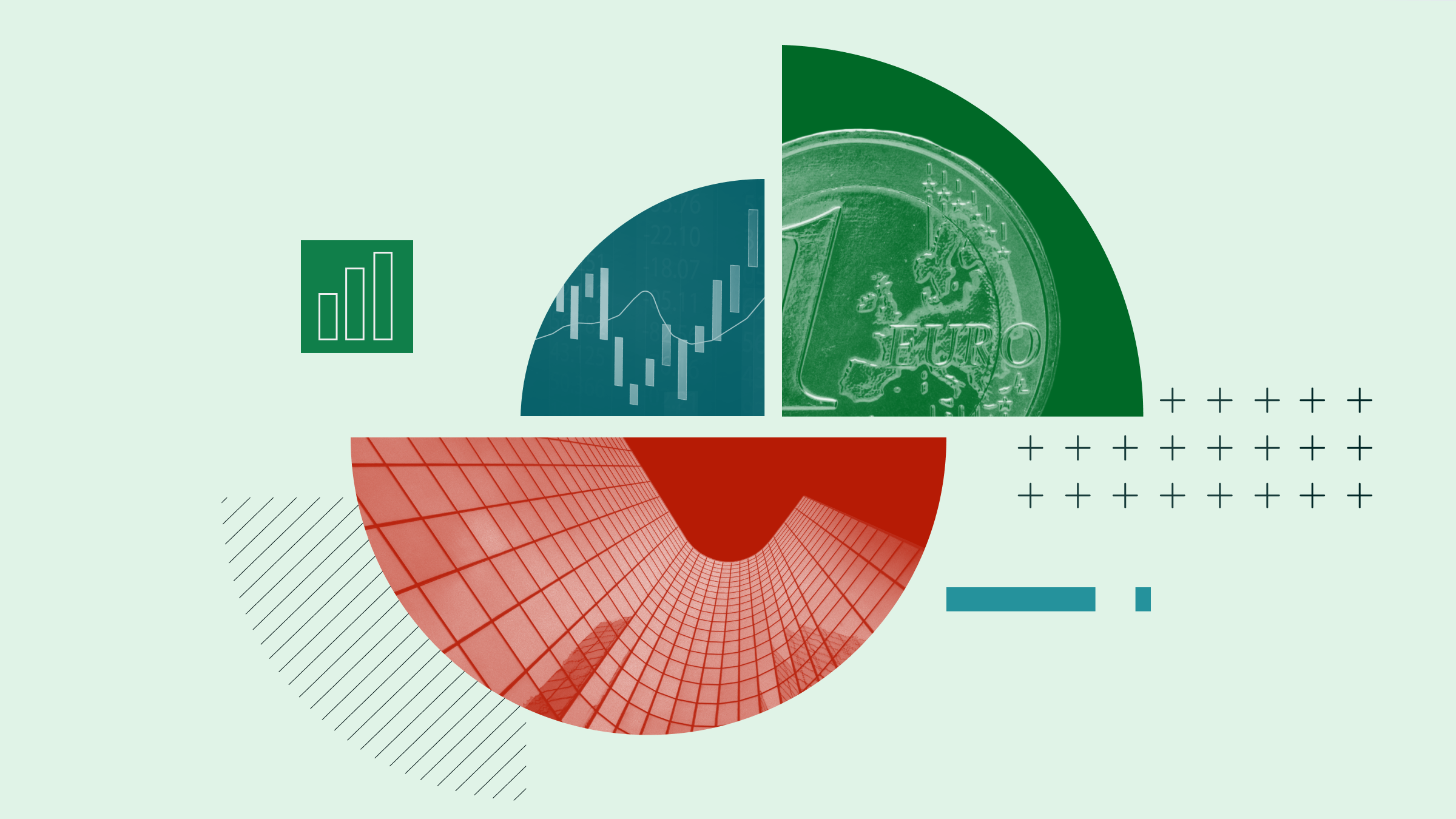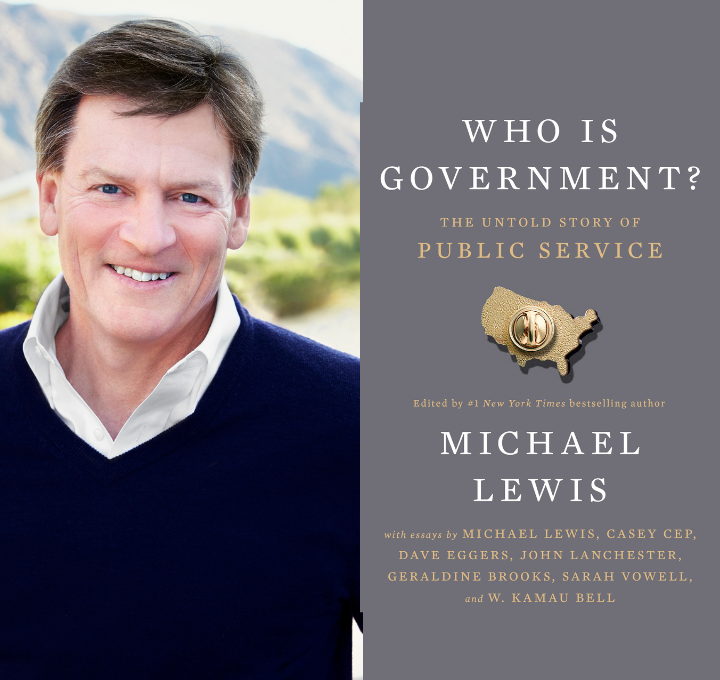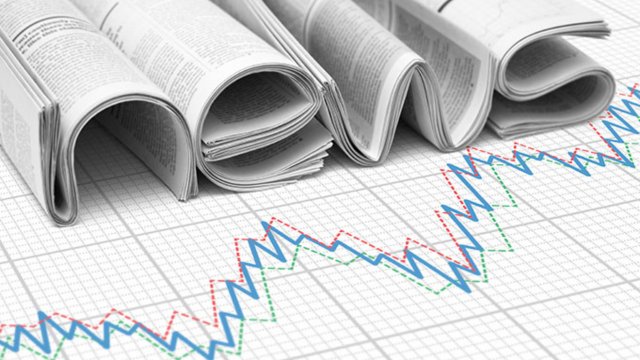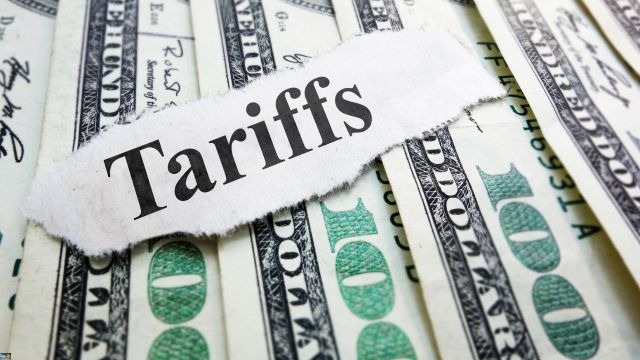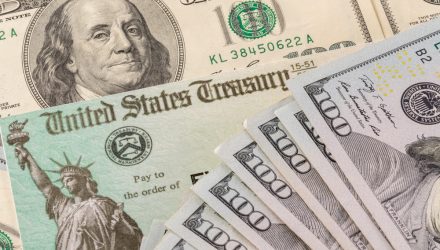Robust March jobs report signals the economy is starting from a ‘position of strength’ if Trump tariffs spark downturn
In March, the U.S. added 228,000 jobs, while the unemployment rate ticked up to 4.2%.

- The March jobs report exceeded analyst expectations with a gain of 228,000 compared to the forecasted 140,000. The report is just a small bright spot ahead of the impending downturn that many expect after President Donald Trump’s recently announced tariffs. The robust job market at least means the economy and the labor market are starting from a “position of strength” should things worsen.
Friday’s March jobs report offered an economic bright spot after two days of market turmoil.
The report beat analysts' expectations handily. The U.S. added 228,000 jobs in March, while analysts expected roughly 140,000. The unemployment rate ticked up slightly to 4.2% from 4.1% mostly on the back of increased labor force participation.
The latest labor market data comes as the stock market and the global economy are reeling from President Donald Trump’s announcement of tariffs on Wednesday. But data for the report was collected before "Liberation Day," which have raised recession odds across Wall Street, and the stock market selloff deepened after the report.
“Investors may find some solace here but most likely, this employment report will be overshadowed by the tension bubbling up in global trade, particularly with China,” LPL Financial chief economist Jeffrey Roach said in a note to investors.
Trump celebrated the jobs report as evidence that his economic and trade plans were already working. However, the March report did not capture any effects from his latest tariffs.
“Great job numbers, far better than expected.” Trump posted on Truth Social. “It’s already working. Hang tough, we can’t lose!!!”
The 228,00 new jobs exceed experts' estimates largely because federal jobs losses weren’t as pronounced as feared and an expectation that worsening soft data about sentiment would have trickled through to hiring turned out not to be the case, said Richard De Chazal, an economist at William Blair, said in an email.
Many federal workers who were laid off are on paid leave and still count as employed in the jobs report.
There were also seasonal factors that could have affected hiring. January and February of this year had softer numbers than anticipated, largely off the back of bad weather. At the same time at least one springtime jobs report usually surprises, added Brett Ryan, senior U.S. economist at Deutsche Bank, who downplayed the difference between expectations and the actual numbers.
“Seasonally adjusting is hard,” Ryan said. “In March and April usually one is strong and one is weak. It's hard to pinpoint exactly where Easter falls.”
However, the strong jobs report is still good news. Investors and economists can take comfort in the fact the job market is robust as they head into a period of deep uncertainty that many believe could lead to a recession.
The “surprisingly strong labor market data is encouraging as it suggests the economy is going to be hit with the tariff shock starting from a position of strength,” said De Chazal.
That position of strength though would only serve to mitigate the impending economic downturn many anticipate but not necessarily avert it altogether. Both consumer and business sentiment have plummeted in recent weeks—even more so after Trump’s tariffs announcement, which induced a market sell-off across the world. With that as a backdrop, economists and investors will be eyeing future jobs reports to see if attitudes about the economy will finally start affecting how businesses act.
“This data was generally before a significant shift in corporate sentiment, meaning that the report is much less interesting than next month’s is likely to be,” said Rick Rieder, BlackRock chief investment officer of global fixed income. “Last month’s data may have little relevance to where hiring and economic confidence are headed over the coming months and quarters.”
There is not always a one-to-one correlation between soft data like consumer sentiment, and hard data, such as the jobs reports. However, these two are deeply connected. Feelings about the economy can often end up as an important bellwether to indicate how businesses and consumers will act. If consumers start cutting their spending, businesses will start cutting their costs, which often leads to layoffs. As more people lose their jobs, that only exacerbates the cycle.
“Weaker consumer sentiment can have a self-fulling aspect to it,” De Chazal wrote in an email. “While the soft data doesn’t track the hard data perfectly on a month-to-month basis, there is a high correlation in the trend rates. If companies see that consumers are starting to get very concerned about the economy, they might also respond by hiring less in anticipation of weaker growth.”
The likelihood of weaker growth had taken hold across the economy even before Trump’s tariffs. Last month, the Fed lowered its growth expectations for the U.S. from 2.1% this year to 1.7%. Now with this week’s stock market rout, forecasts for growth have fallen even further. Some major Wall Street banks now expect that a recession is more likely than not.
This story was originally featured on Fortune.com





